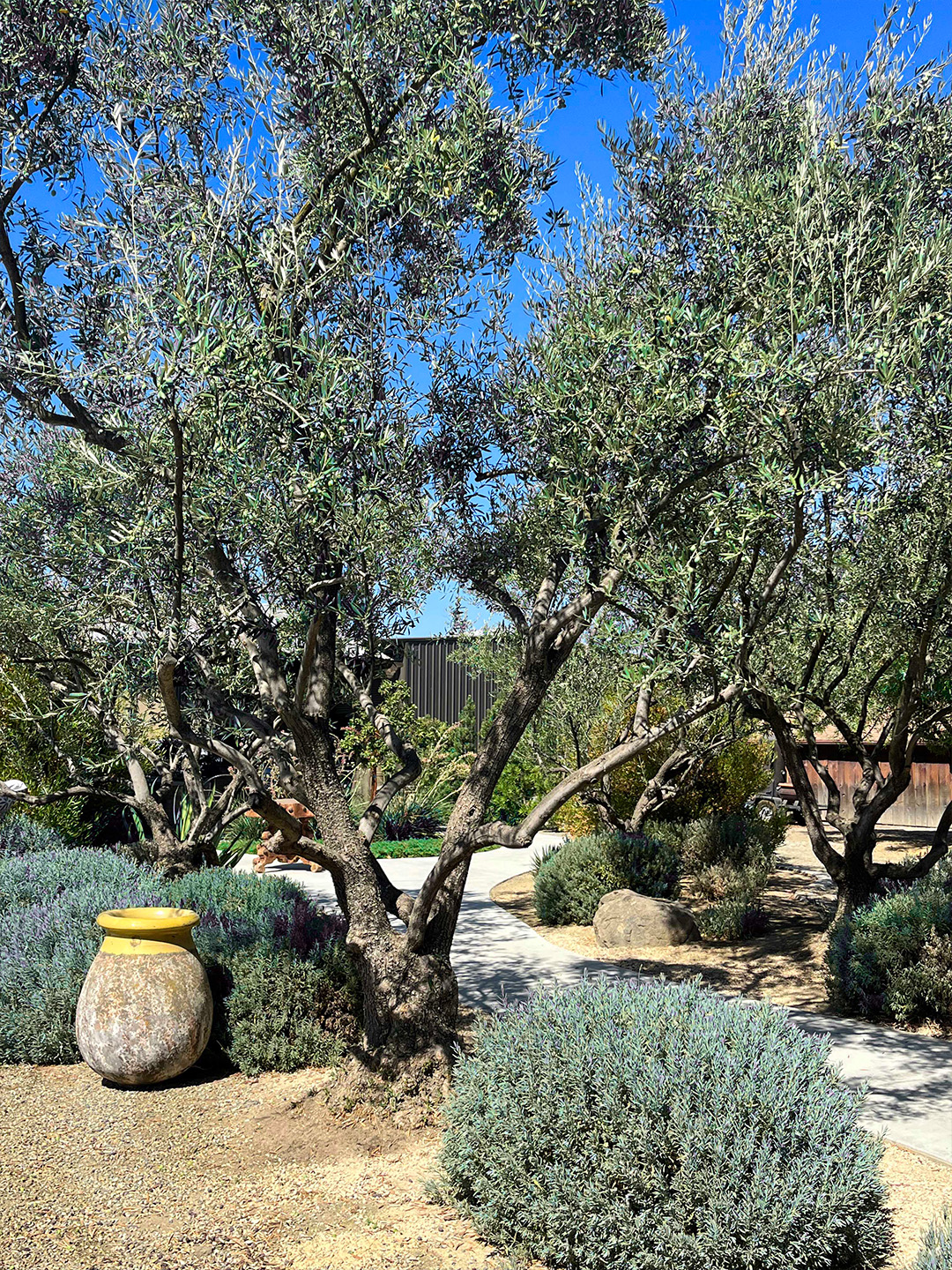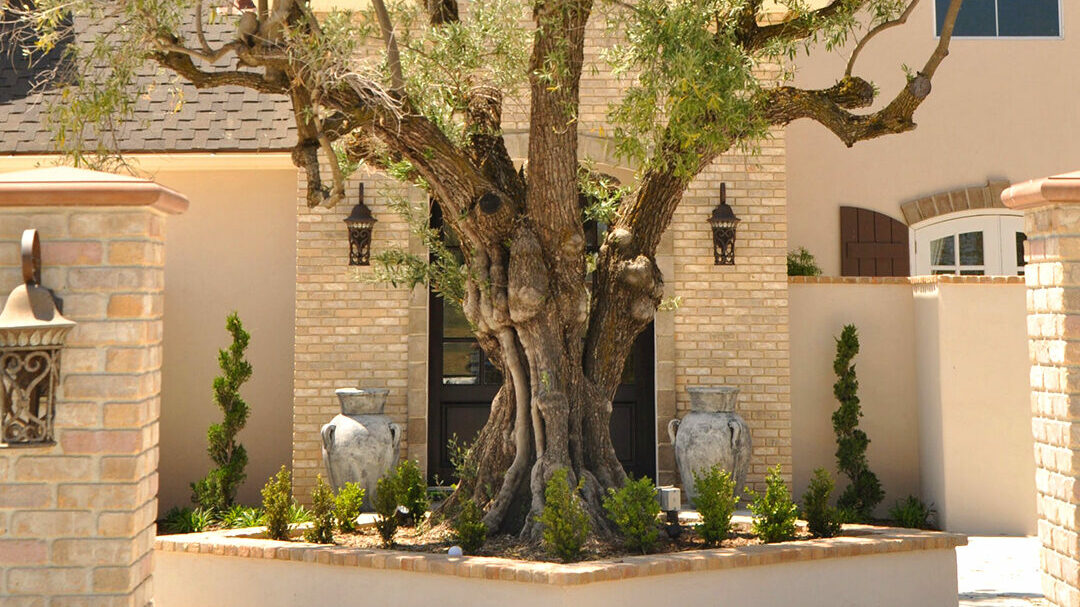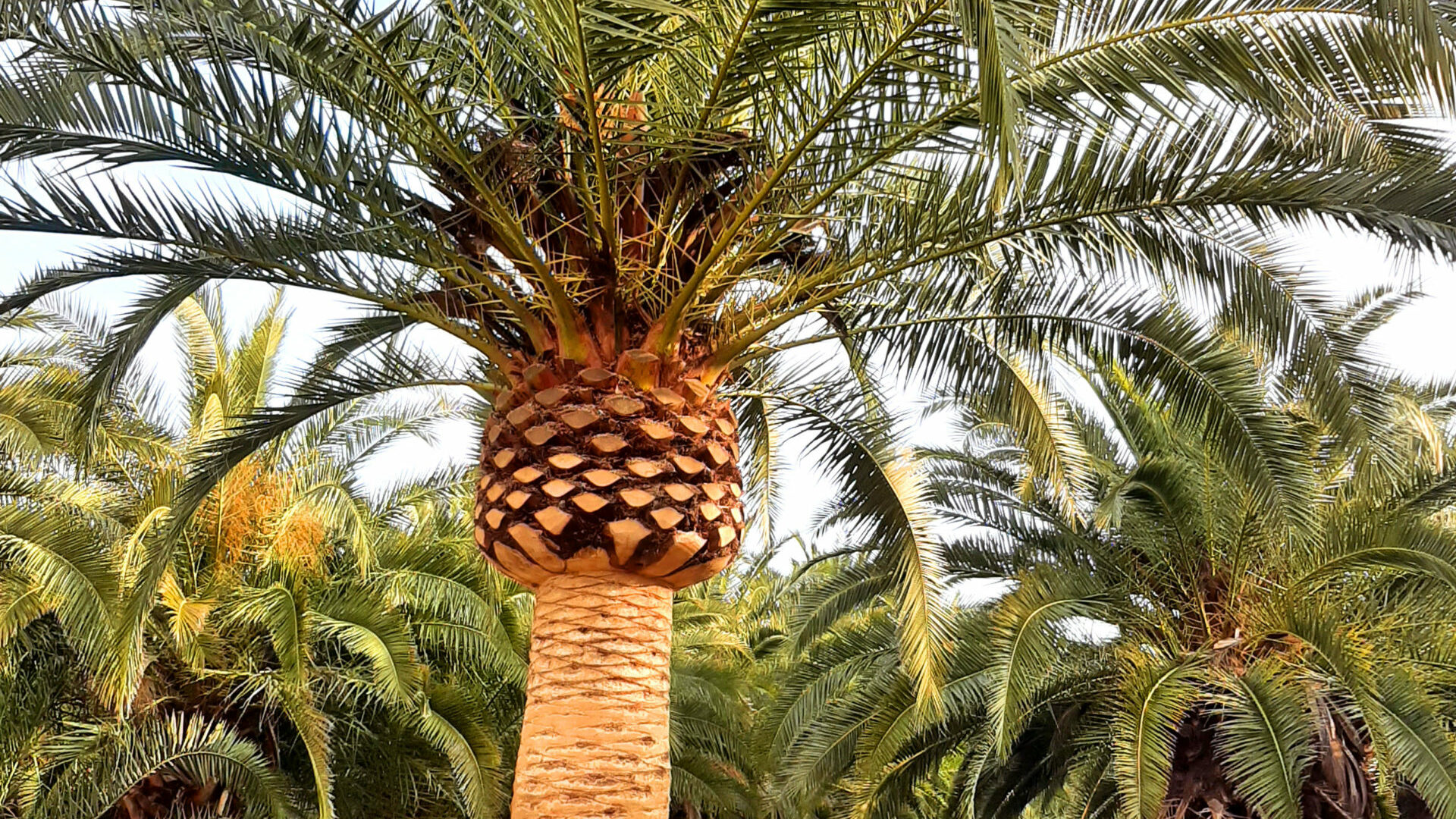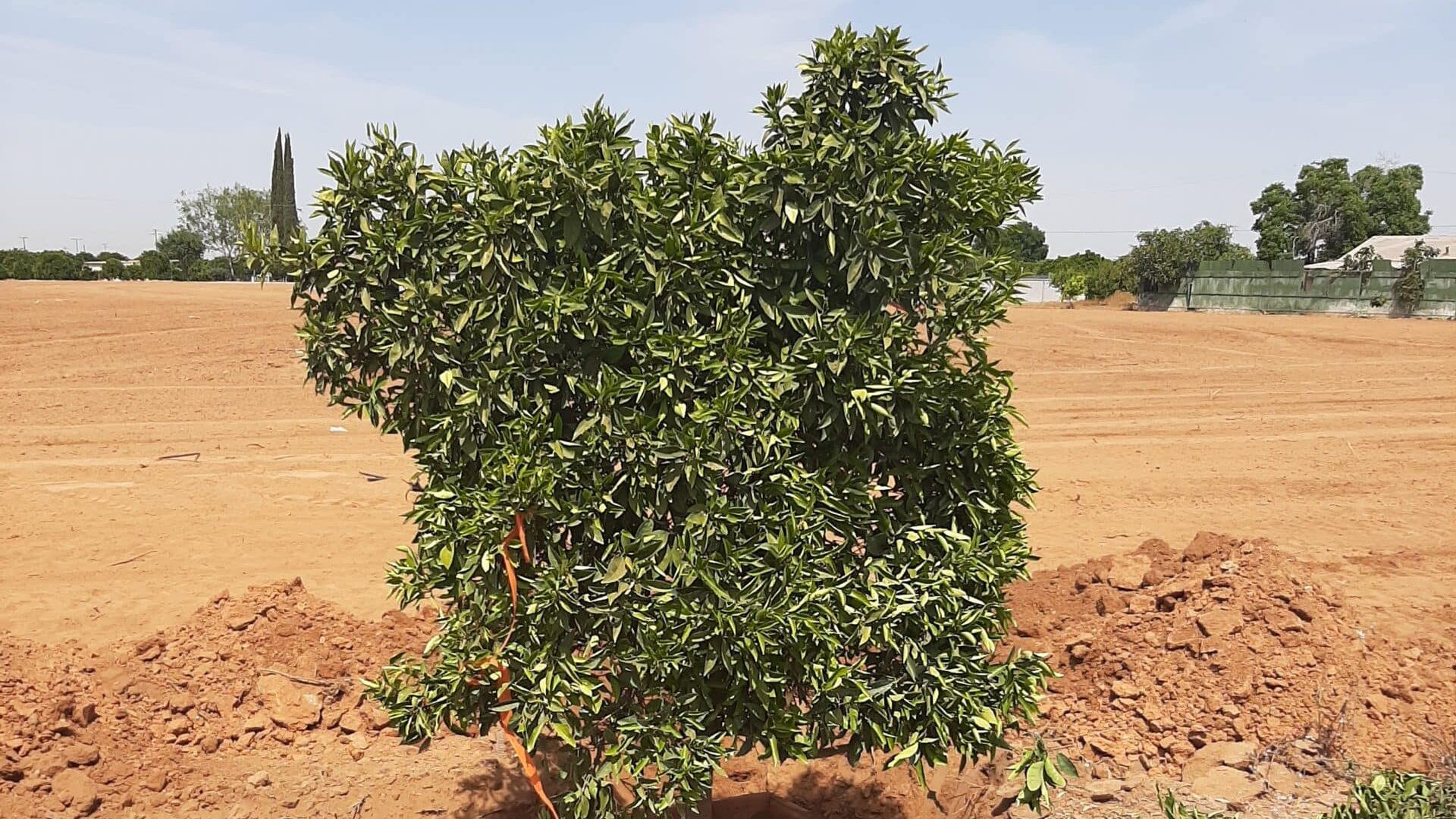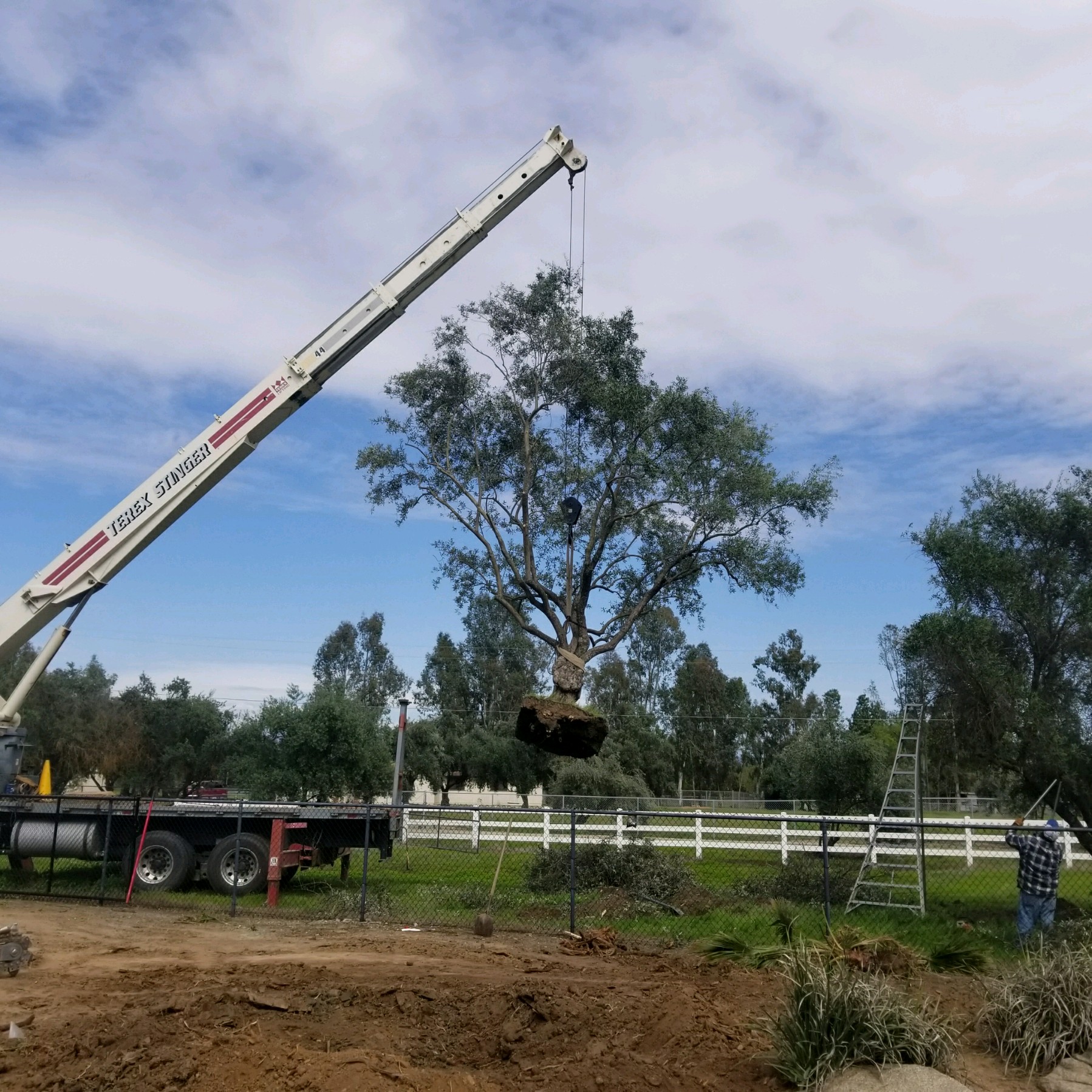
tree care
How to care for olive, palm, & subtropical trees
full Tree Care Guide
Caring for your olive trees, palm trees, and subtropical trees is essential to ensure their health, beauty, and longevity. At Pacific West Tree, we provide expert advice and resources to help you maintain your trees in optimal condition. Below, you’ll find detailed care instructions tailored to the specific needs of these tree types.
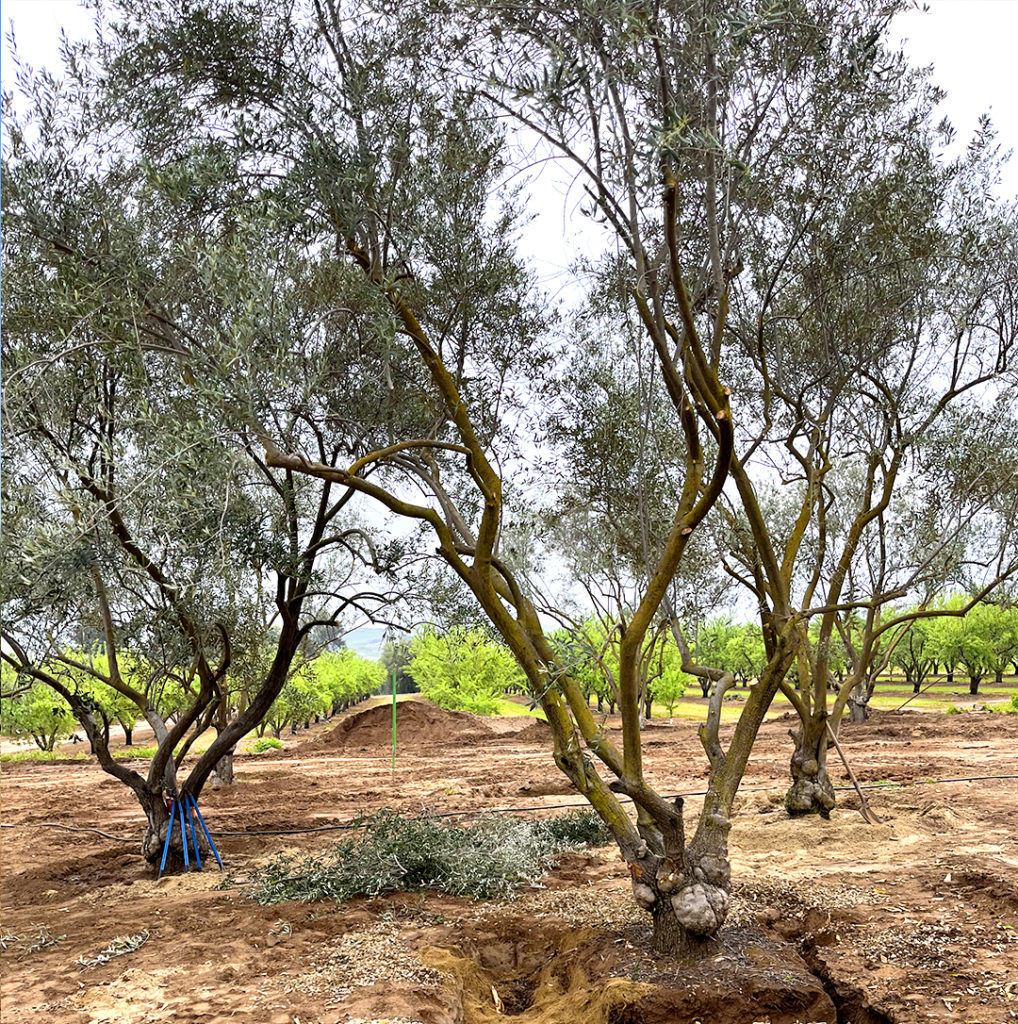
How to take care of olive trees:
Olive Tree Care
Watering
Olive trees require moderate watering, especially during their first few years of growth. Water deeply but infrequently, allowing the soil to dry out between waterings. Overwatering can lead to root rot, so it’s important to strike a balance.
Pruning
Pruning is essential to maintain the shape and health of your olive tree. Prune in late winter or early spring before new growth begins. Remove dead or diseased branches, and thin out the canopy to allow light and air to penetrate.
Fertilization
Feed your olive tree with a balanced fertilizer twice a year, in spring and fall. Use a slow-release fertilizer to provide consistent nutrients. Organic compost or manure can also be beneficial.
Pest and Disease Control
Common pests include olive fruit flies and scale insects. Monitor your tree regularly and treat infestations promptly with appropriate insecticides or natural remedies. Prevent diseases such as verticillium wilt by ensuring good air circulation and avoiding overwatering.
How to take care of Palm Trees:
Palm Tree Care
Watering
Palm trees need regular watering, particularly during their first year after planting. Water deeply to encourage deep root growth, and adjust the frequency based on the weather and soil conditions. Established palm trees are more drought-tolerant but still appreciate occasional deep watering.
Pruning
Remove dead or damaged fronds to keep your palm tree healthy and attractive. Avoid over-pruning, as fronds are essential for photosynthesis and overall tree health. Prune in late spring or early summer for the best results.
Fertilization
Palm trees benefit from a specialized palm fertilizer, which provides essential nutrients like nitrogen, potassium, and magnesium. Fertilize three to four times a year, following the manufacturer’s instructions to avoid over-fertilization.
Pest and Disease Control
Watch for pests like spider mites, mealybugs, and palm aphids. Use insecticidal soap or horticultural oil to manage infestations. Prevent diseases such as ganoderma butt rot and fusarium wilt by maintaining good sanitation practices and avoiding injury to the tree.
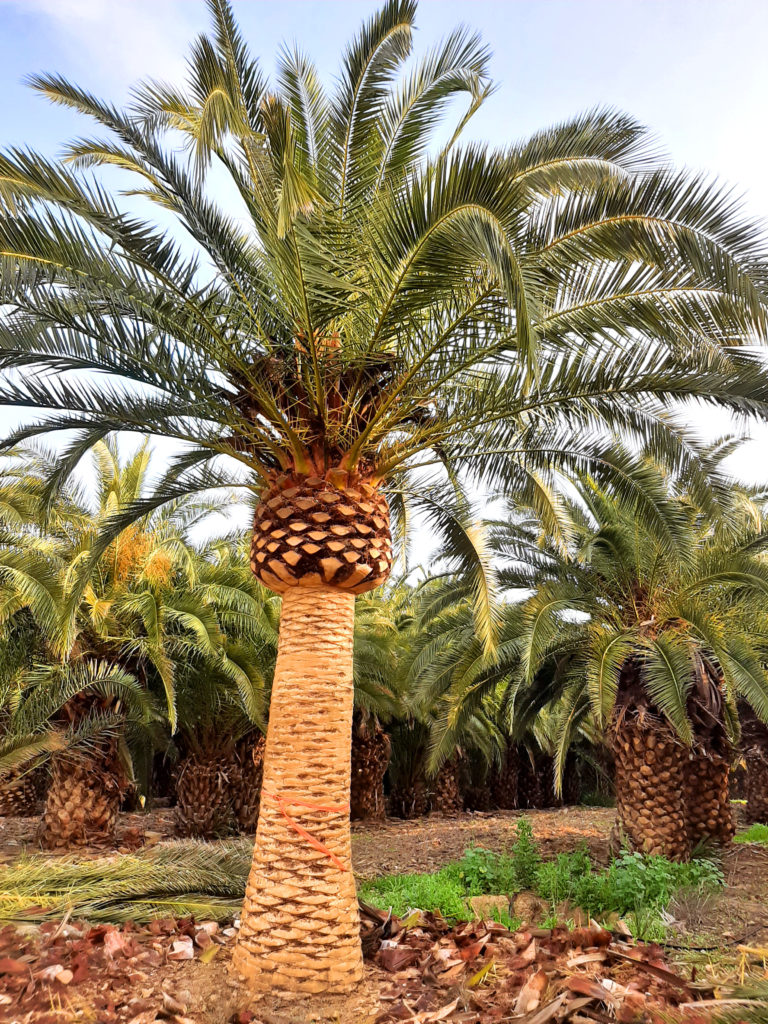
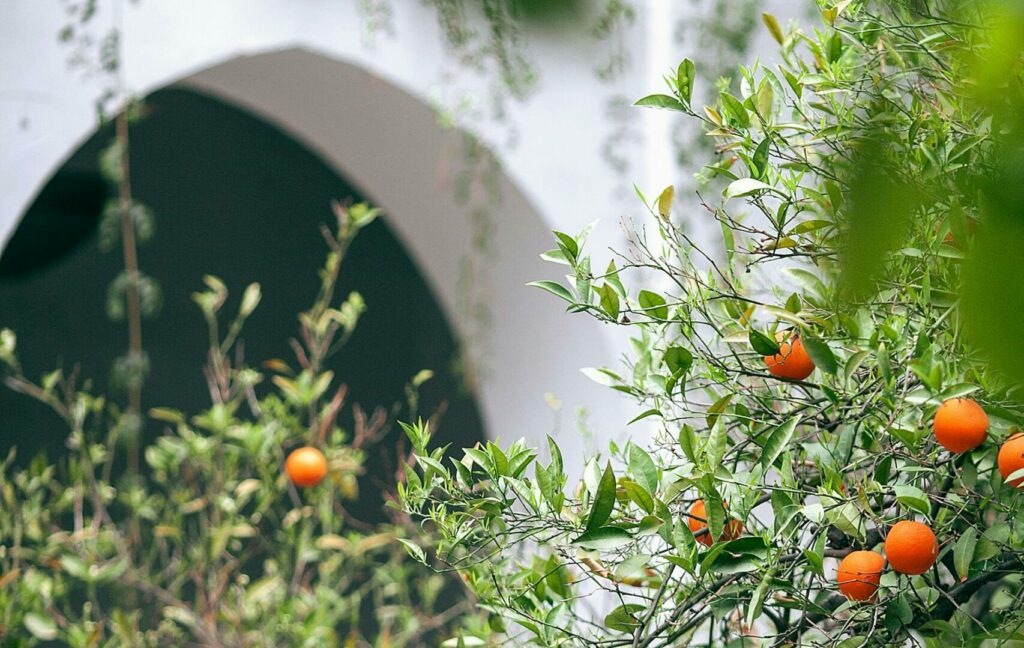
How to take care of Subtropical Trees:
Subtropical Tree Care
Watering
Subtropical trees typically require consistent moisture, especially during dry periods. Water deeply and regularly, ensuring the soil remains moist but not waterlogged. Mulching can help retain soil moisture and regulate temperature.
Pruning
Pruning subtropical trees helps maintain their shape and encourages healthy growth. Prune in late winter or early spring, removing any dead, damaged, or crossing branches. Regular pruning also helps improve air circulation and light penetration.
Fertilization
Apply a balanced, slow-release fertilizer in spring and summer to support healthy growth. Subtropical trees may also benefit from additional micronutrients, such as iron and zinc, particularly in alkaline soils.
Pest and Disease Control
Common pests include aphids, scale insects, and caterpillars. Monitor your trees regularly and treat infestations with appropriate insecticides or natural remedies. Prevent fungal diseases by ensuring good air circulation and avoiding overhead watering.
How to take care of Trees & Plants:
General Tree & Plant Care
Mulching
Apply a layer of organic mulch around the base of your trees to conserve moisture, suppress weeds, and improve soil health. Keep the mulch away from the trunk to prevent rot and pest infestations.
Monitoring
Regularly inspect your trees for signs of stress, pests, or diseases. Early detection and treatment can prevent minor issues from becoming major problems.
Soil Health
Ensure your trees are planted in well-draining soil. Amend the soil with organic matter, such as compost, to improve fertility and structure.
Climate Considerations
Understand the specific climate needs of your trees. Olive trees prefer dry, Mediterranean climates, while palm and subtropical trees thrive in warmer, more humid environments. Provide appropriate care based on your local climate conditions.
Contact Us for Expert Advice
For personalized tree care advice and professional services, contact Pacific West Tree. Our experienced team is here to help you with all your tree care needs, ensuring your olive trees, palm trees, and subtropical trees thrive for years to come.
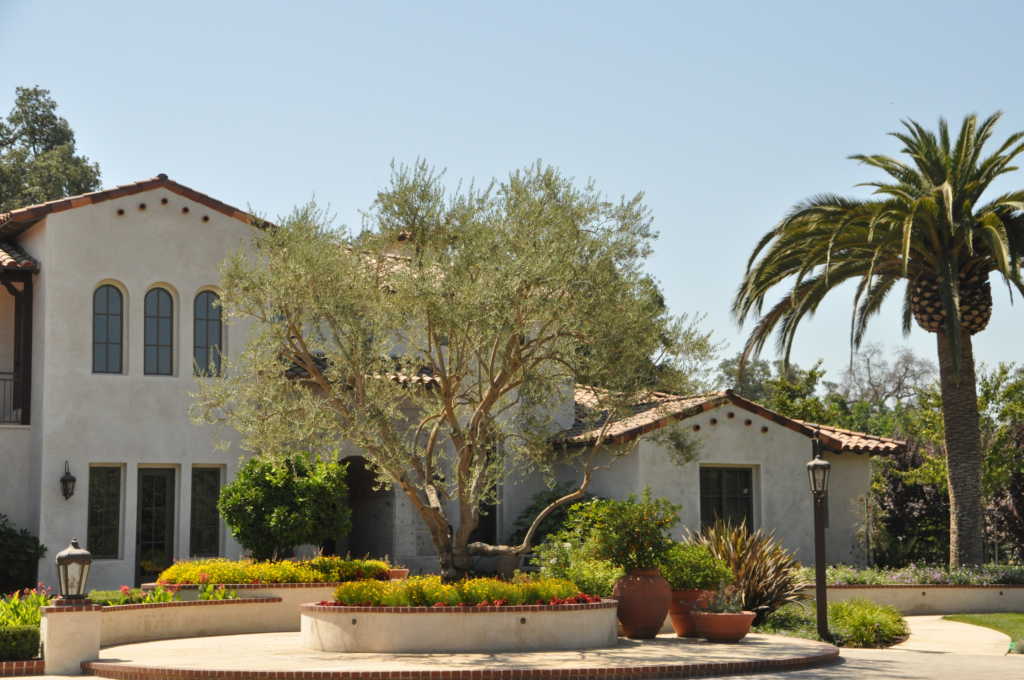
wide variety of mature field-grown trees:
extensive tree selection
